According to information from the Quang Nam Tourism Association, the Tran family temple, a 223-year-old architectural work, was built by mandarin Tran Tu Nhac. This work began in late 1802, before he was sent by King Gia Long as an envoy to China, to worship ancestors and leave it to his descendants.
After more than two centuries, the church still retains its unique architecture, harmoniously combining three cultures: Vietnam, China and Japan. This is a testament to the brilliant development period of Hoi An in history.
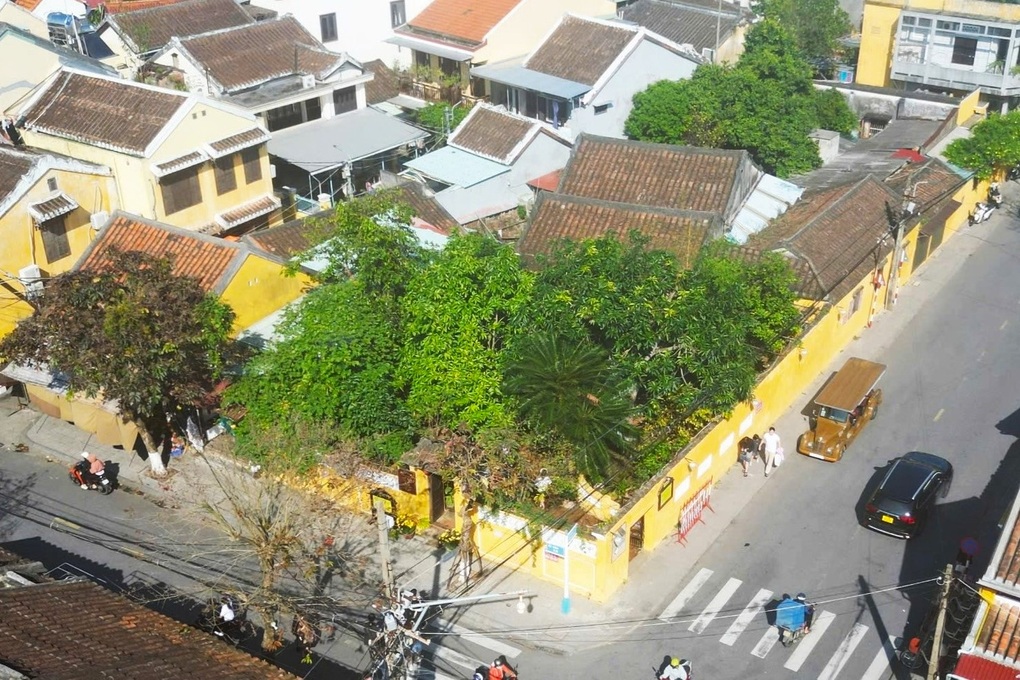
With an area of 1,500m2, the Tran family temple lies quietly in the middle of bustling Hoi An (Photo: Nam Ha).
Japanese architecture is expressed through the "fake beam" style with 5 vertical columns and 3 horizontal beams, symbolizing the five elements and the three factors of Heaven - Earth - Human.
The curved dome on the outside has a strong Chinese architectural style, symbolizing longevity and good luck.
Inside the shrine, Vietnamese architecture is represented by three arrow-shaped pillars and a bow pointing to the sky, symbolizing the prosperity and well-being of descendants.
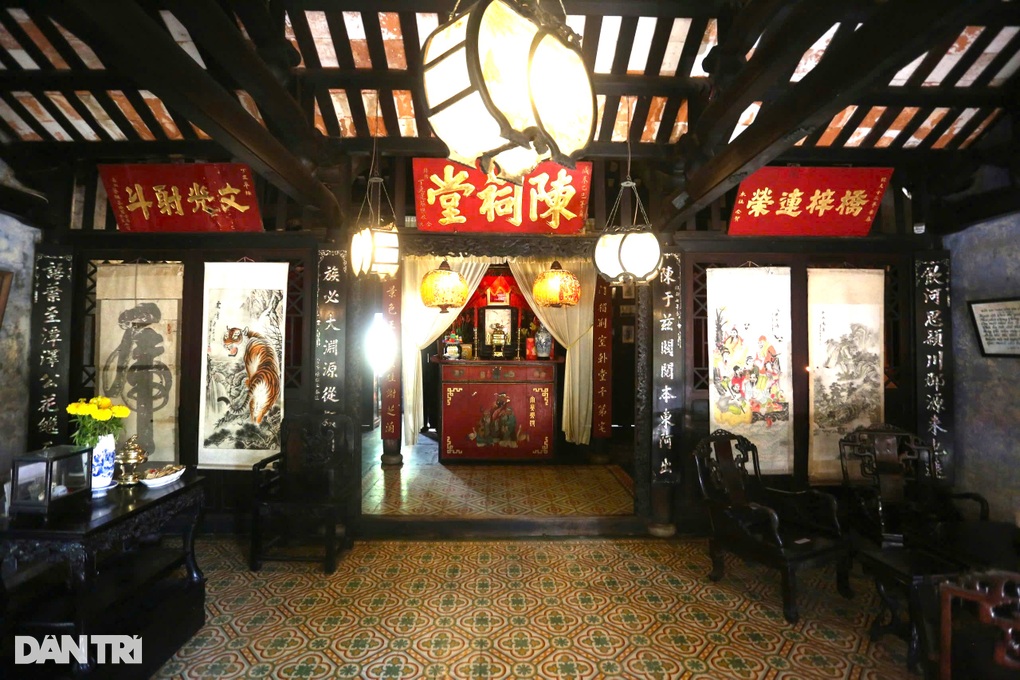
The house is a harmony between three architectural styles: Vietnamese - Japanese - Chinese (Photo: Ngo Linh).
The church is decorated with vibrant, intricate patterns. Every detail, such as rafters, tables, chairs, horizontal lacquered boards, and parallel sentences, is intricately carved. On the altar, there are many wooden boxes containing the biography and personal belongings of the deceased.
In particular, the church also preserves hundreds of precious antiques, including a sword and a genealogy book of mandarin Tran Tu Nhac from 1812.
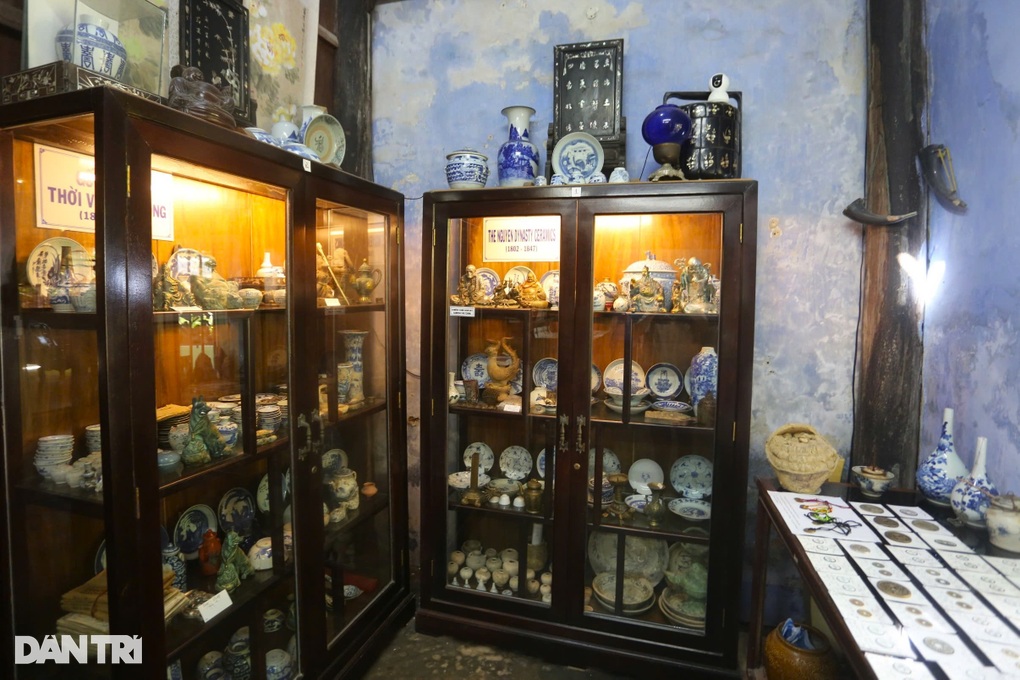
Behind the altar is a space displaying the family's rare antiques (Photo: Ngo Linh).
According to Ms. Tran Thao Phuong, the 12th generation descendant of mandarin Tran Tu Nhac, on holidays, Tet, and ancestor death anniversaries, the clan often gathers to express gratitude to ancestors and strengthen family relationships.
Currently, the Tran family temple has been included in the list of historical relics in need of protection by the People's Committee of Quang Nam province and is one of seven ancient houses recognized by Hoi An city.


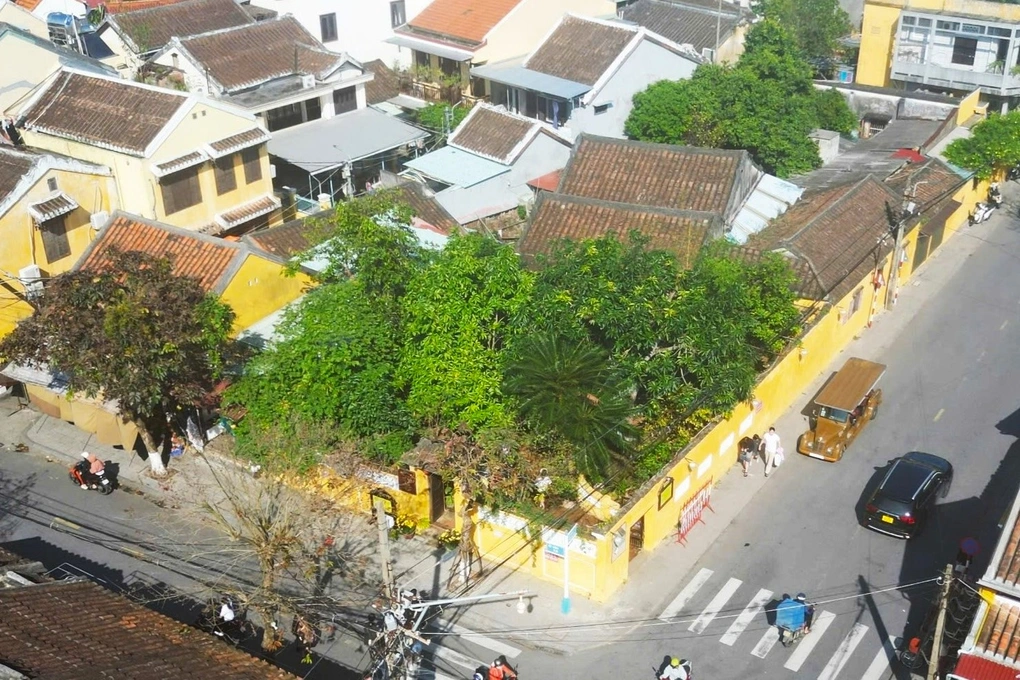
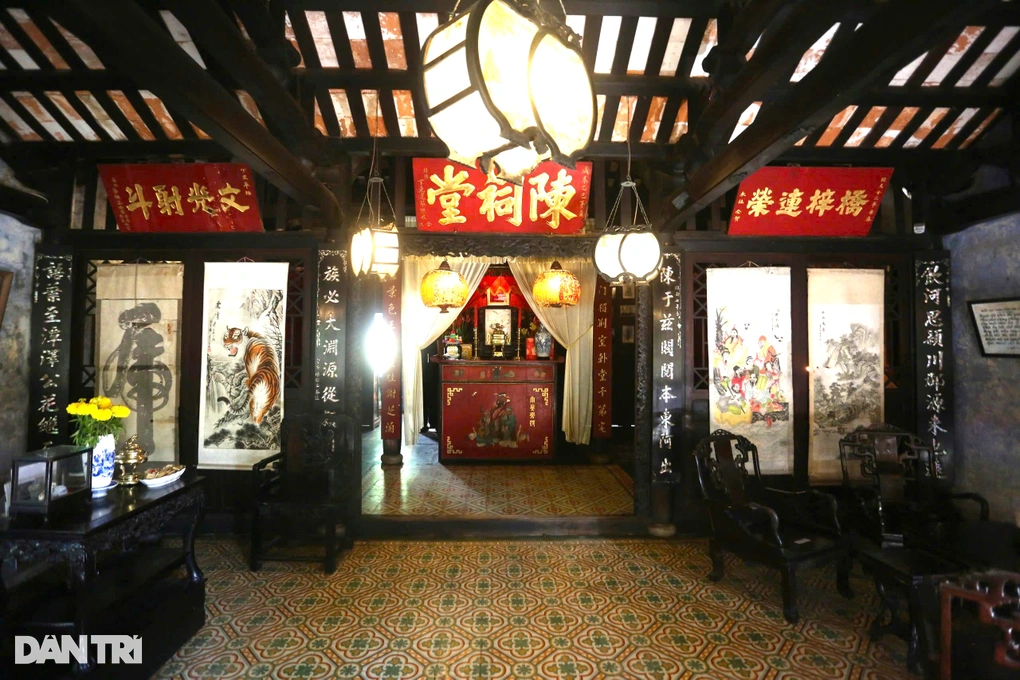
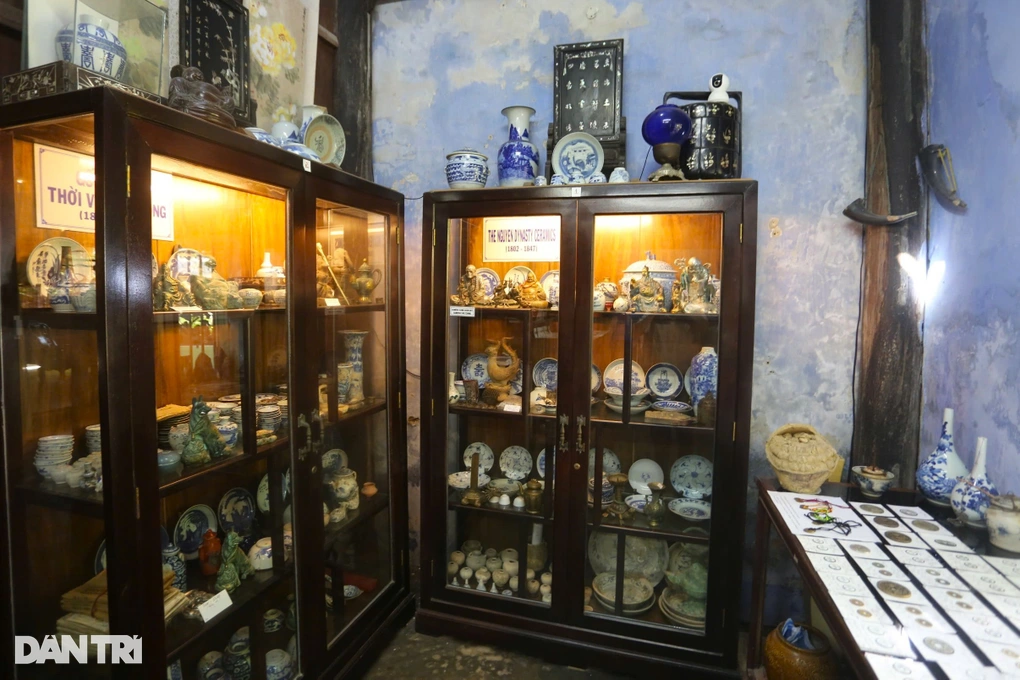
![[Photo] Third meeting of the Organizing Subcommittee serving the 14th National Party Congress](https://vstatic.vietnam.vn/vietnam/resource/IMAGE/2025/4/2/3f342a185e714df58aad8c0fc08e4af2)



![[Photo] General Secretary To Lam receives Russian Ambassador to Vietnam](https://vstatic.vietnam.vn/vietnam/resource/IMAGE/2025/4/2/b486192404d54058b15165174ea36c4e)

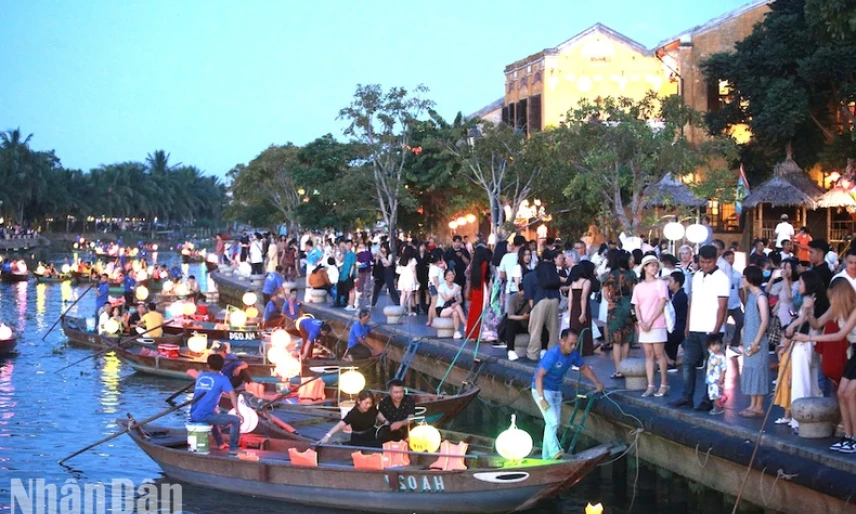

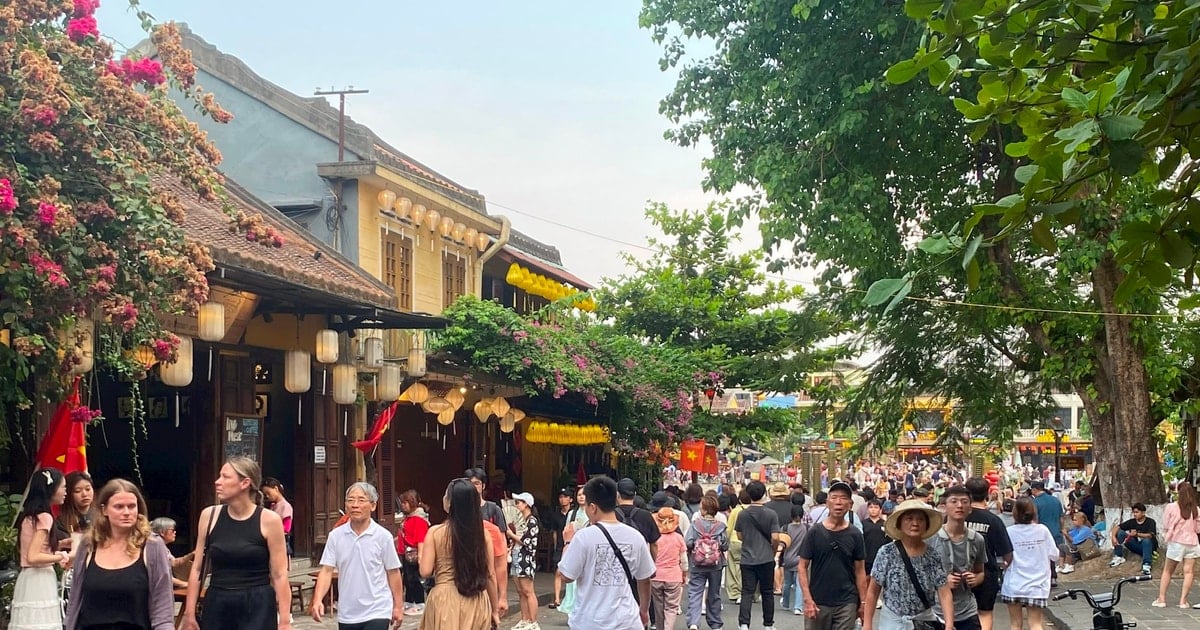

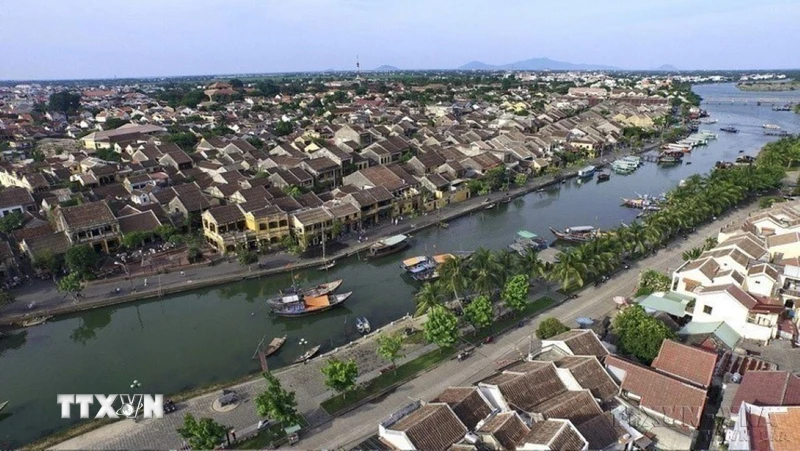

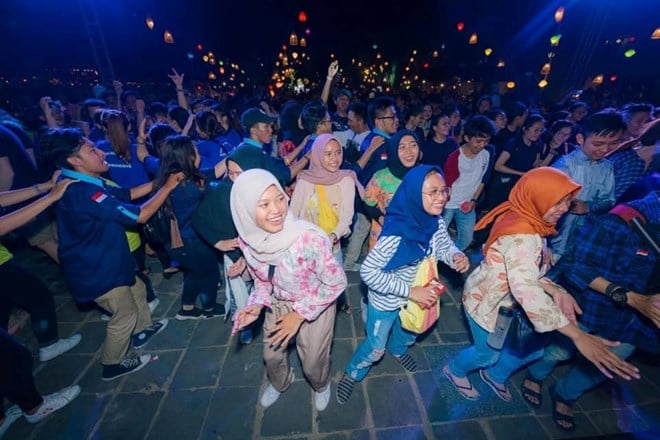

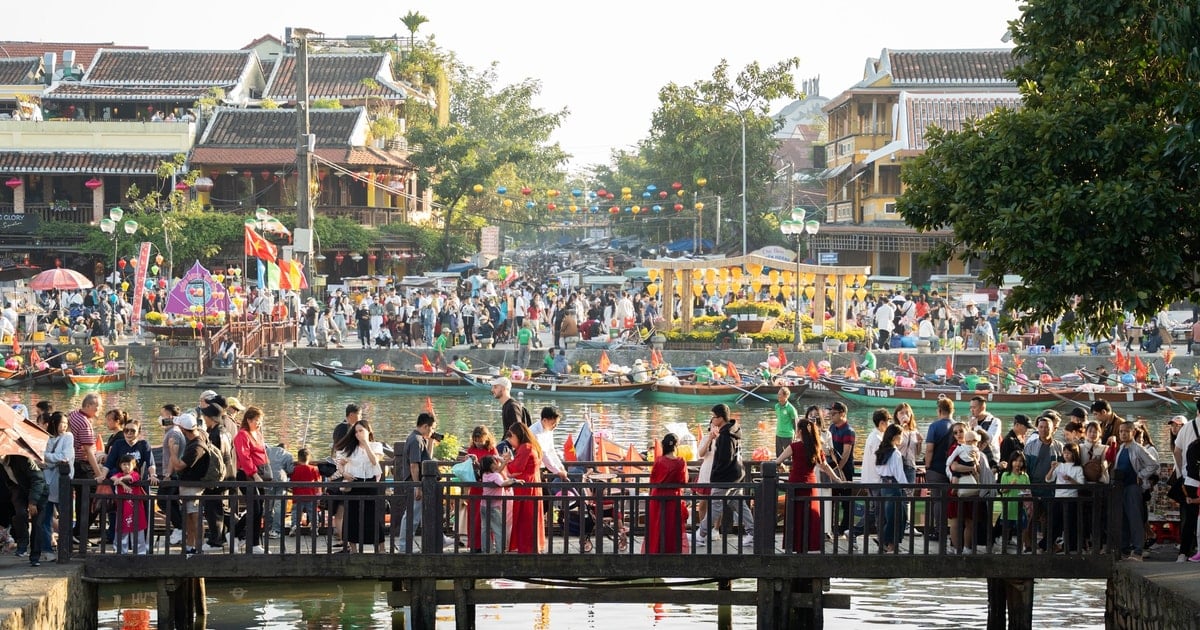






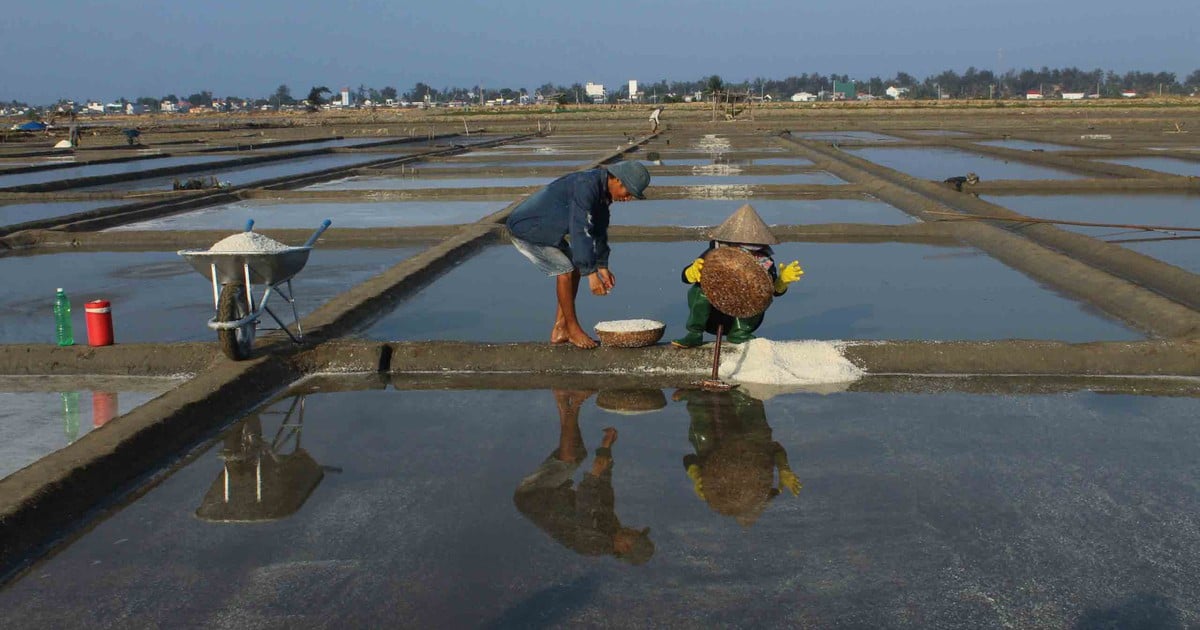



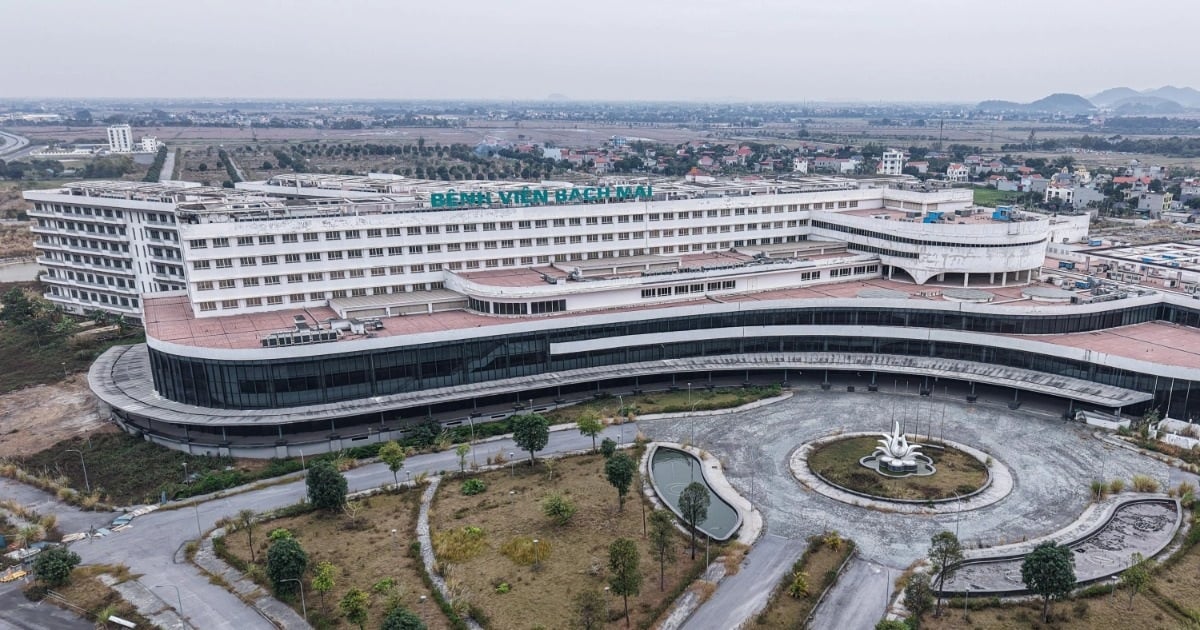



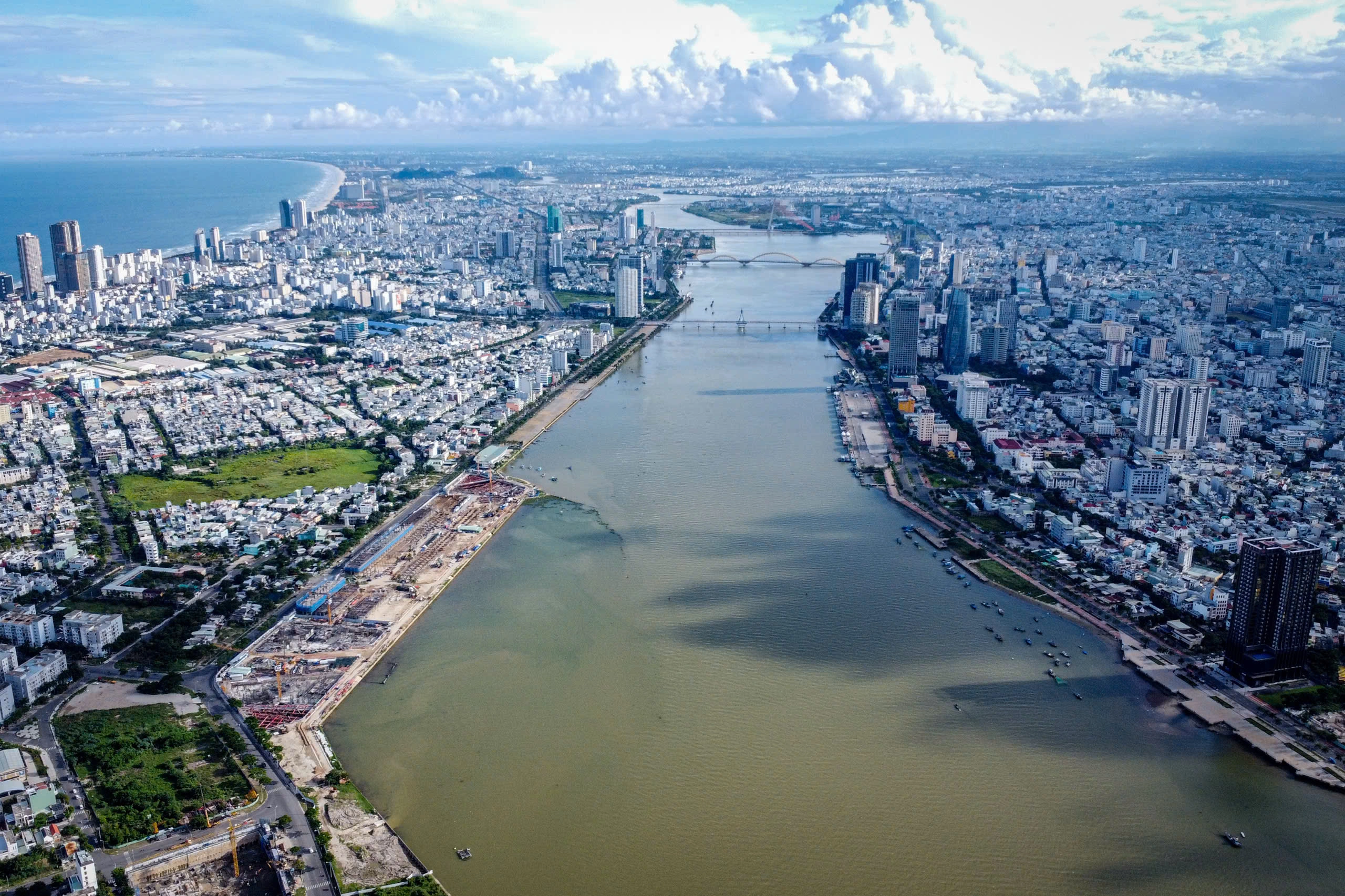
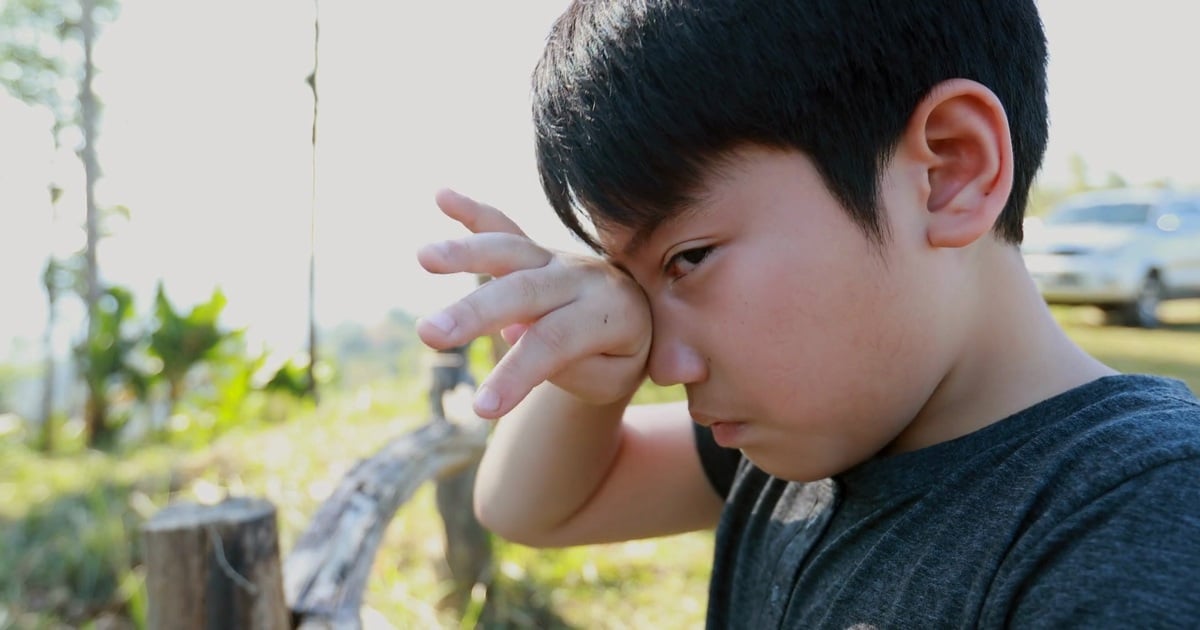
![[Photo] Relatives of victims of the earthquake in Myanmar were moved and grateful to the rescue team of the Vietnamese Ministry of National Defense.](https://vstatic.vietnam.vn/vietnam/resource/IMAGE/2025/4/2/aa6a37e9b59543dfb0ddc7f44162a7a7)













































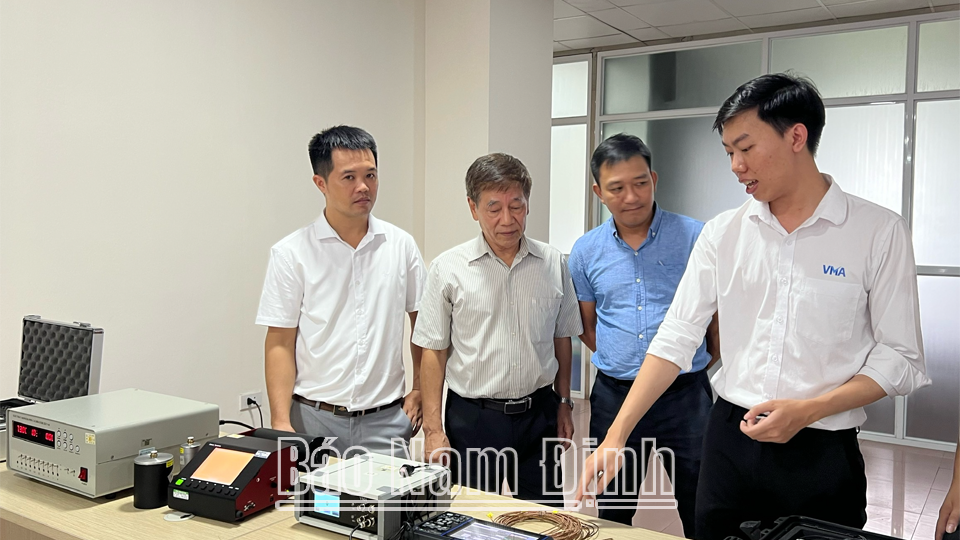











Comment (0)